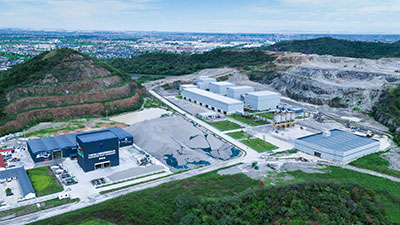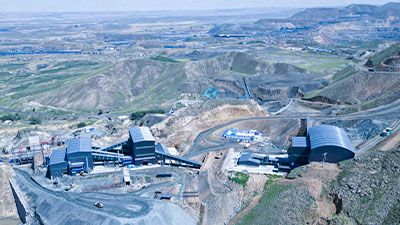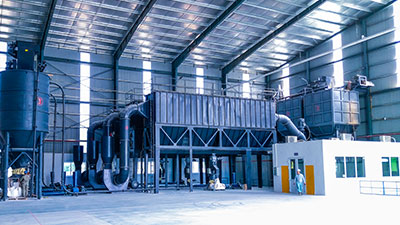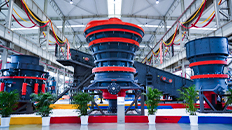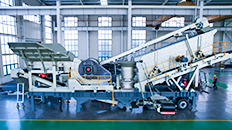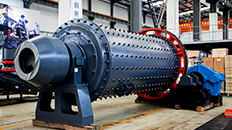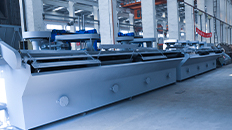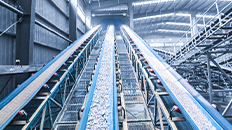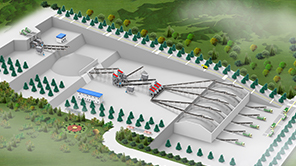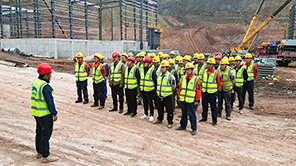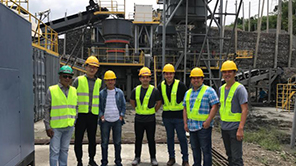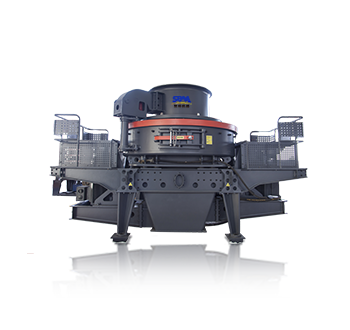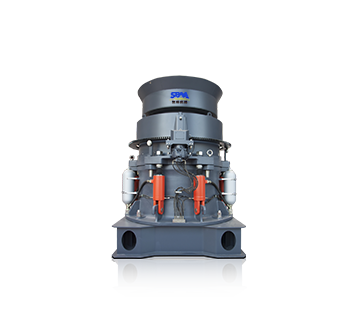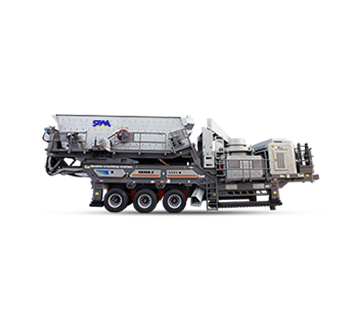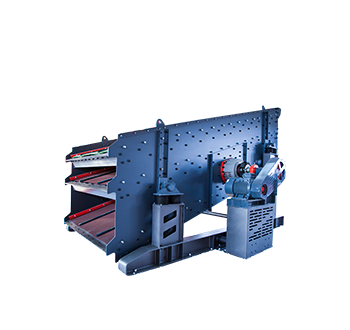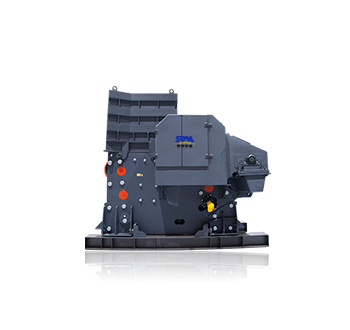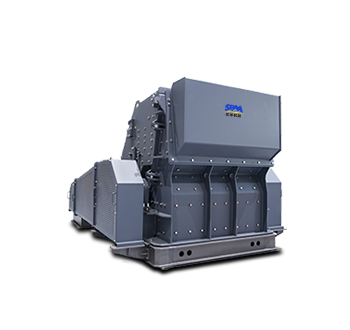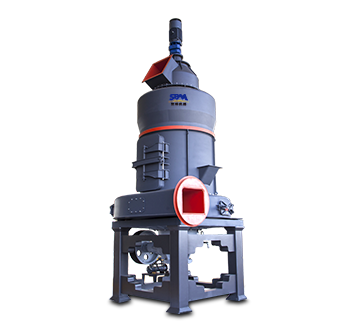Summary:Fly ash is one of the industrial wastes with large displacement in China. With the development of the power industry, the amount of fly ash discharged from coal
Fly ash is one of the industrial wastes with large displacement in China. With the development of the power industry, the amount of fly ash discharged from coal-fired power plants has increased year by year. Therefore, the hazards of fly ash also threaten the sustainable development of the social ecological environment. Recently, I learned from the media that the fly ash, which was originally waste and has been criticized, has become a treasure from garbage in the comprehensive utilization of a million kilowatt ultra-supercritical coal-fired power plant. Not only does it no longer pollute the surrounding environment, but it also creates good economic value.
It is understood that fly ash is solid waste generated by coal during combustion. In China, due to the large number of coal-fired power plants, fly ash has become a single source of pollution for industrial solid waste, with annual emissions exceeding 300 million tons. However, at present, there are many methods and measures in China that can reuse fly ash. For example, China Huaneng Yuhuan Power Plant has made great efforts to introduce a batch of internationally advanced production equipment to produce fly ash into building materials. In the past two years, Huaneng Yuhuan Power Plant's comprehensive utilization of fly ash was 1,206,800 tons, equivalent to saving 950,600 tons of cement, saving raw materials cost of 211 million yuan, emitting 774,400 tons of carbon dioxide to the atmosphere, saving 301.7 acres of land. Good social and environmental benefits.
The series of mill equipment can process fly ash into fine powder of different particle size. In particular, the raymond mill equipment has a three-dimensional structure, a small footprint, a complete set of products, uniform fineness of the finished powder, and a 99% pass-through rate. The fly ash can be processed into the building materials field. The processed fly ash can be blended with an appropriate amount of gypsum, and a certain amount of aggregates such as cinder or water quenched slag can be added, and formed after processing, stirring, digestion, wheel milling, compression molding, atmospheric pressure or high pressure steam curing. a wall material; sintered fly ash brick, using fly ash, clay and other industrial waste as raw materials, processed by raw materials, stirred, formed, dried, and fired to form bricks; autoclaved to produce foamed fly ash insulation Brick, a kind of new type of thermal insulation brick with fly ash as the main raw material, adding a certain amount of lime and foaming agent, after mixing, stirring, burning and autoclaving; using fly ash as raw material, adding appropriate amount of quicklime, cement, gypsum and aluminum powder, mixed with water and slurry, injected into the mold to form a porous lightweight building material; Fly ash ceramsite, with fly ash as the main raw material, mixed with a small amount of binder and solid fuel an artificial lightweight aggregate made by mixing, pelletizing, and high temperature cooking.

